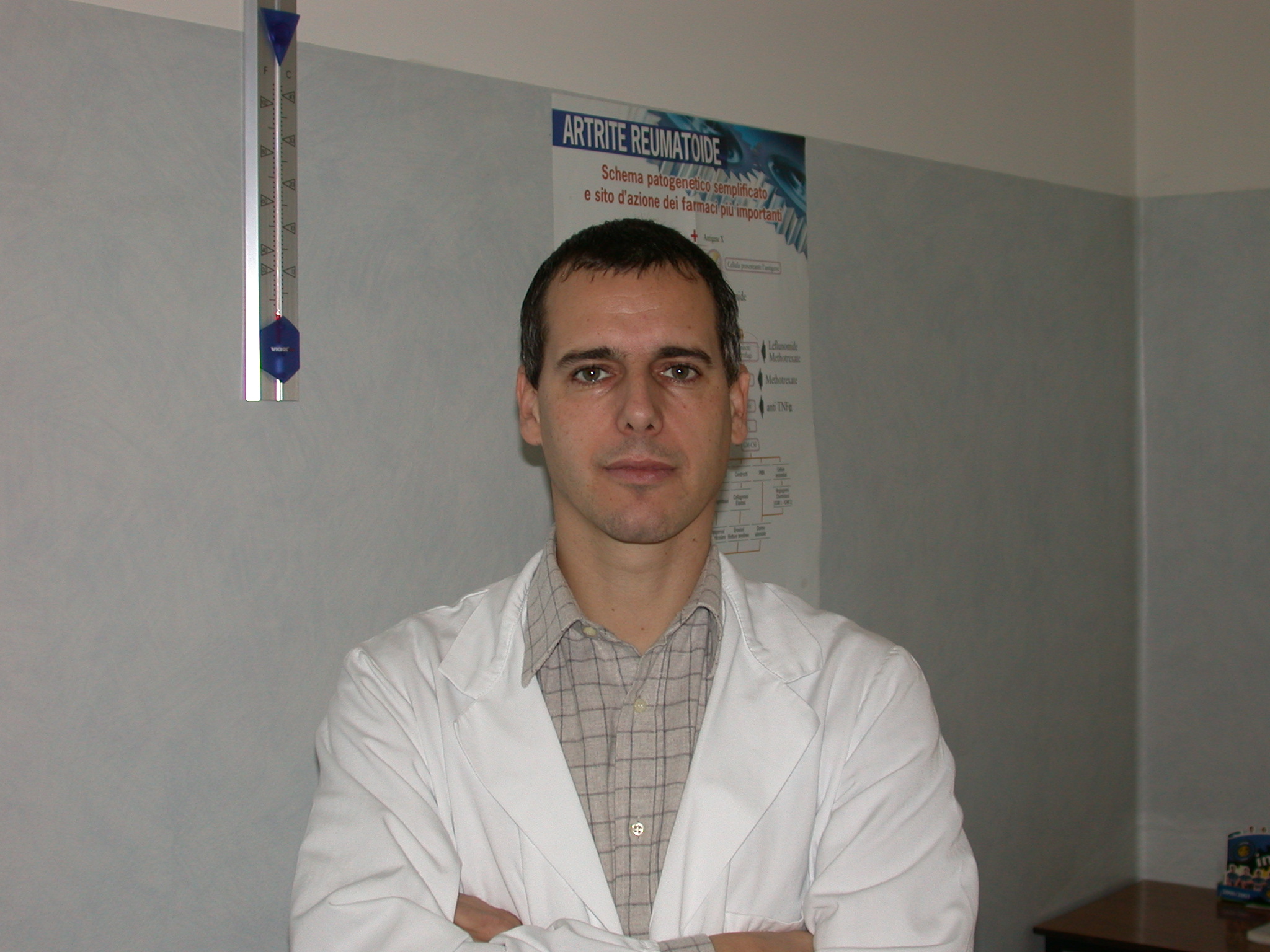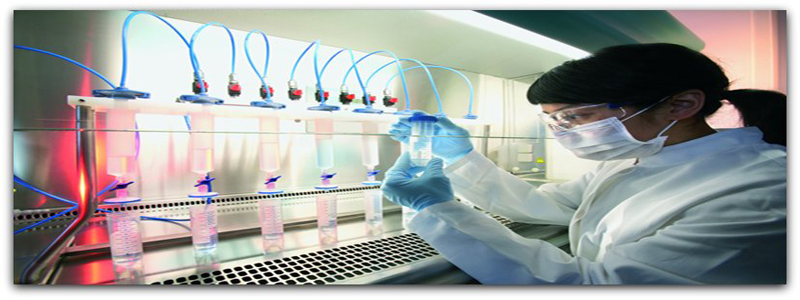Coping With Melanoma: Support, Emotional Concerns, and a Healthy Lifestyle
Dealing with a melanoma diagnosis can be emotionally devastating. The worries and stress associated with diagnosis and treatment can feel overwhelming. However, with the right support and careful management, it is possible to overcome these challenges and go on to live a full and fulfilling life.




